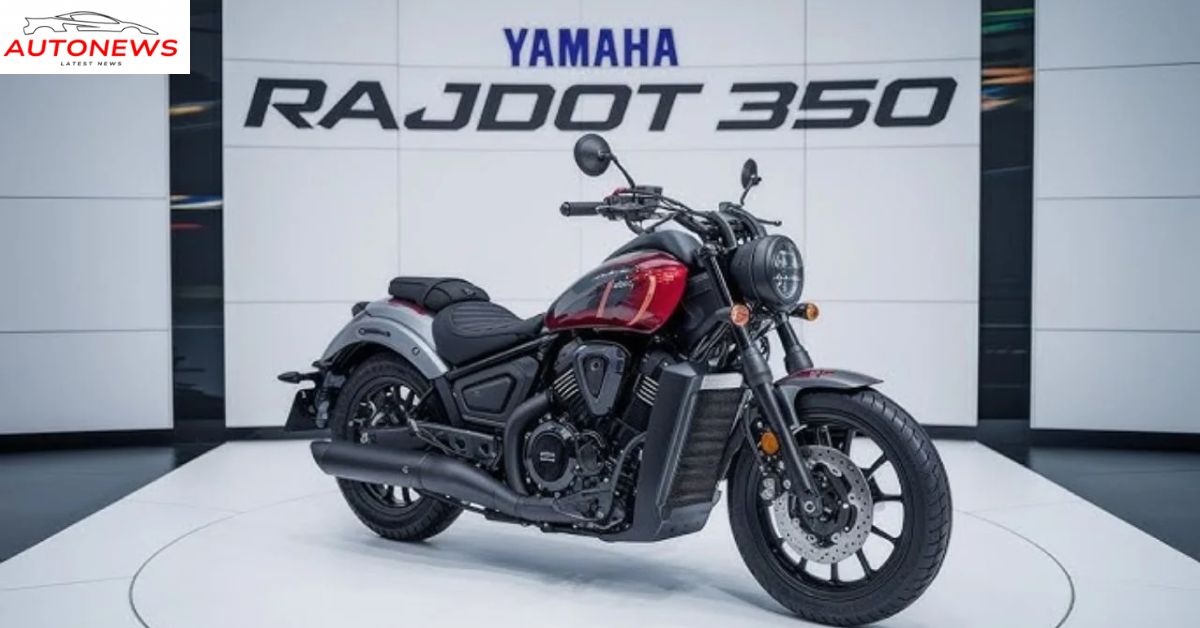India’s love affair with motorcycles dates back decades, and among the many iconic names that have graced our roads, one bike remains etched in the memory of enthusiasts—the Yamaha Rajdoot 350. Known for its raw power, thunderous exhaust note, and an aura that could make heads turn, the Rajdoot 350 was a motorcycle that was perhaps ahead of its time.
Launched in the early 1980s, the Yamaha Rajdoot 350 wasn’t just a motorcycle—it was a bold statement in an era dominated by fuel-efficient commuters. It symbolized freedom, thrill, and rebellion. Let’s take a ride down memory lane to rediscover the story of this legendary machine.
Born from Racing Blood: The RD350 Legacy
To understand the Rajdoot 350, one must first know its international counterpart—the Yamaha RD350. “RD” stood for “Race Developed,” and that name wasn’t just marketing fluff. The RD350 was a thoroughbred performance machine designed to thrill and built to dominate the racing circuits.
The bike featured a 347cc parallel-twin, two-stroke engine capable of producing up to 39 horsepower in its original Japanese version. With its lightweight chassis, powerful disc brakes, and unmatched power-to-weight ratio, the RD350 quickly gained a reputation for being fast and furious—often too wild for amateur hands.
The Indian Version: Rajdoot 350
In 1983, Escorts Group, in collaboration with Yamaha Japan, brought the RD350 to India under the brand name Rajdoot 350. While it was essentially the same bike, it was slightly detuned to suit Indian conditions. The first version, known as the High Torque (HT) model, produced 30.5 bhp, while the later Low Torque (LT) version was reduced to 27 bhp to improve fuel efficiency and reliability.
Despite these changes, the Rajdoot 350 still had more firepower than any other Indian motorcycle of that era. Bikes like the Bajaj Chetak and Yezdi 250 couldn’t come close in terms of performance or speed.
A Ride Like No Other
Ask any rider who’s been on a Rajdoot 350, and they’ll tell you about the adrenaline rush it delivers. The two-stroke twin-cylinder engine had an explosive powerband that came alive at higher RPMs. Twist the throttle, and the bike would launch forward with a surge of torque and that unmistakable raspy exhaust note that could be heard from a distance.
The handling was surprisingly agile for its size, and the suspension offered decent comfort for long rides. The brakes—especially the front disc—were effective, though not always confidence-inspiring for newer riders.
Challenges in the Indian Market
Despite its thrilling performance, the Rajdoot 350 struggled to find widespread success in India. The reasons were clear:
- Fuel Consumption – In a market obsessed with mileage, the Rajdoot 350’s 20-25 km/l consumption was too much to swallow for the average commuter.
- Maintenance – Two-stroke engines required more attention, and sourcing spares wasn’t easy once the model was discontinued.
- Price Tag – It was significantly more expensive than its contemporaries, making it accessible only to a niche audience.
As a result, sales remained lukewarm, and the bike was eventually phased out by the late 1980s. However, its cult following had already begun to grow.
A Cult Classic
Today, the Yamaha Rajdoot 350 is a sought-after collector’s item. Enthusiasts across the country restore and preserve these machines with pride. Many spend years sourcing original parts, from carburetors and exhaust pipes to speedometers and gearboxes.
Online communities, restoration garages, and motorcycle clubs keep the Rajdoot legacy alive. Some even race them in vintage racing circuits, showcasing that this bike, though long out of production, still has what it takes to burn rubber.
Legacy and Influence
The Yamaha Rajdoot 350 paved the way for performance biking in India. It inspired generations of motorcyclists to move beyond utility and embrace the thrill of riding. Without the Rajdoot 350, bikes like the Yamaha RX100, RD200, or even later machines like the Pulsar and Apache might not have found such eager audiences.
Its influence can still be seen in modern Yamaha machines that balance performance with style—true to the DNA of the original RD series.
Conclusion: The Roar Lives On
The Yamaha Rajdoot 350 may have vanished from showrooms decades ago, but its roar still echoes in the hearts of Indian bikers. It was a machine of raw emotion, a motorcycle that wasn’t meant for everyone—but for the few who tamed it, it offered a riding experience like no other.
In today’s world of refined four-strokes and electronic riding aids, the Rajdoot 350 reminds us of a simpler time—when motorcycles were wild, unfiltered, and deeply personal.
It was, and always will be, the beast that roared before its time.

